“Some day you will be old enough to start reading fairy tales again “ – CS Lewis
That famous quote just proves how our interpretation of the world changes with time – with our mental and spiritual growth and experiences that we accumulate over time; And then we realise that the stories we read in our childhood, were not just stories; but a doorway to truth, which we never cared to open at the time, because we never grasped their deeper meaning & essence at that moment.
What can be more popular than a fairy tale than the one, that gives the notion of goodness in ordinary people, story of everlasting hope and the concept of true beauty being more than skin deep – everything the tale of “Beauty and the Beast” so elegantly depicted. So almost everyone would be knowing the story. The 18th century fairy tale, written by Gabrielle – Suzanne Bardot , describes how – Beauty, a young girl in mediaeval France, becomes a prisoner of a hideous creature – The Beast, who had taken prisoner, father of Beauty; and to get his freedom, from the creature, Beauty secures his release in lieu, of her own imprisonment. After several twist and turns Beauty falls in love with the hideous creature – the Beast; who in the end is revealed to be a handsome young prince ( changed in features due to curse of a fairy -which gets lifted, when Beauty falls in love with him, in spite of his looks ). In the end, they get married and live happily ever after .
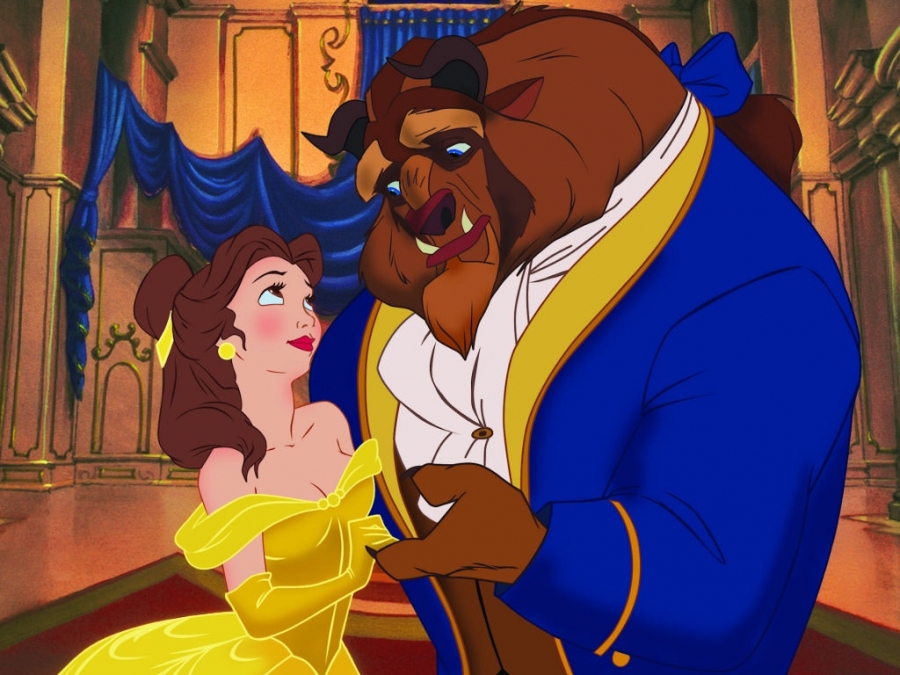
The author, Gabrielle – Suzanne de Villeneuve born in 1685, herself belonged to one of the famous and powerful families of France, with a blood line which would be considered blue blooded; but her own personal life was filled with many ups and downs, which can be clearly seen in her masterpiece creation – The Beauty and the beast. She married a member of an aristocratic family, but her husband soon squandered most of their money, which caused marital discord. She had a girl child, who also died. Finally she became a widow at young age of 26. She later was associated with a famous playwright of that era and remained with him till her death at age of 70. These personal tragedies, gave a deep sensitivity and emotional touch, that is so much obvious in the fairy tale, including the twist and turns of relationship between Beauty and the Beast.
This old tale has been written & rewritten many times, in last few centuries; and abridged version made available by many authors. The story was popularised by abridged version written by Jeanne – Marie Leprince de Beaumont, who reportedly wrote it to teach young English girls a moral lesson. In modern times, the fairy tale became known to the people the world over thanks to Hollywood production – Beauty and the Beast (2017), one of the most successful movies of it’s times; But very few people know that in real life also characters like the fairy tale actually lived.
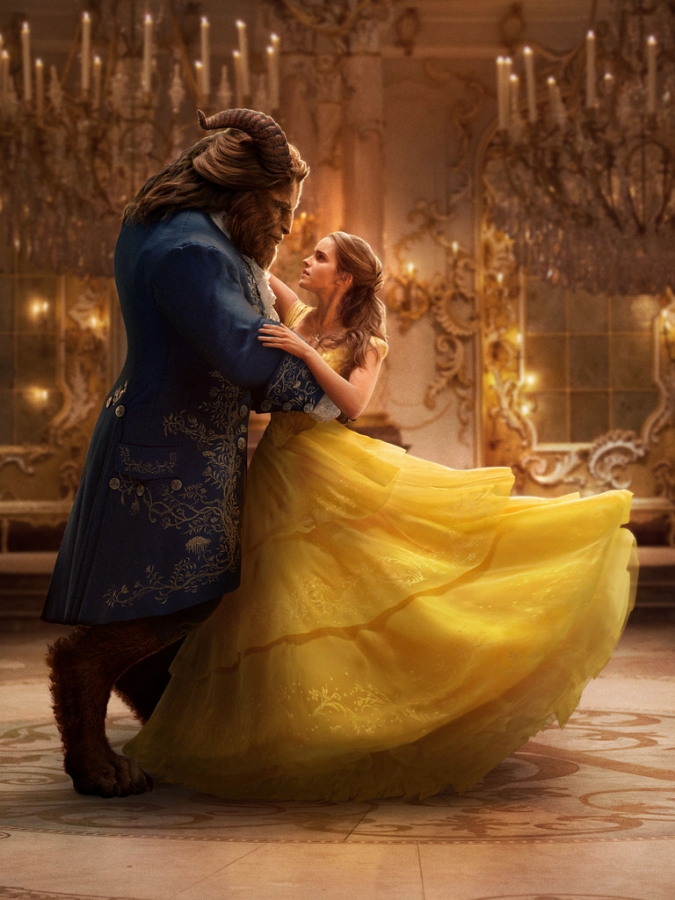
It is hard to believe that, a fairy tale can be inspired by real life incidents, but as it has been often been said, that truth is stranger than fiction and rightfully so. More than a century before Gabrielle Suzanne de Villeneuve, the author of “Beauty and the Beast “ was born, there lived in France a real nobleman of France, Petrus Gonsalvus, who had a lot of resemblance to the character of the Beast in beforementioned fairy-tale.
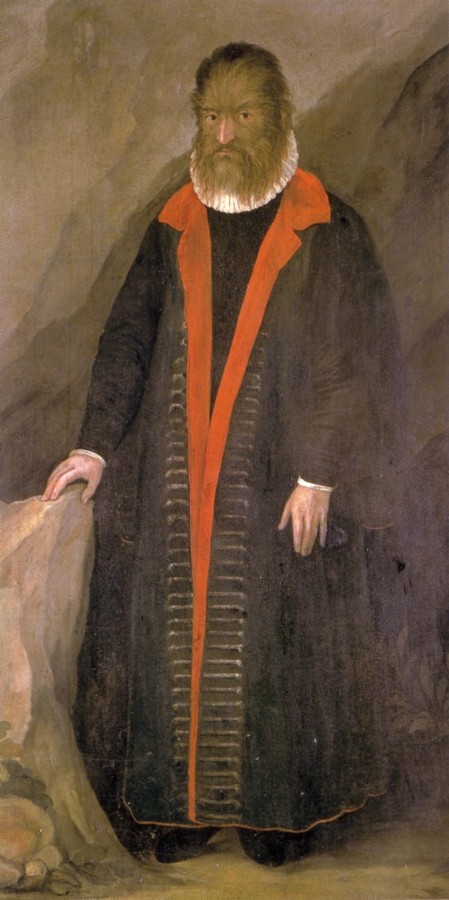
The gentleman in question Petrus Gonsalvus, was not certainly cursed by a fairly; he suffered from a medical condition called Hypertrichosis, in which excessive hair growth is present in a persons body. ( This condition is also unfortunately called as werewolf syndrome by laymen – and the connection to a fairy tale legend seems more obvious now ).In Gonsalvus case, he suffered from generalised hypertrichosis, that is to say, his whole body was severely affected and covered by hair, making him look like an animal.
Petrus Gonsalvus was not born as a prince but Gonsalvus was a member of the Royal court of king of France – Henry II, during 16th century. The king was mentor of Gonsalvus, and ensured that he got good education from his childhood and became master of 3 languages. He was successful in impressing members of the royal court and gradually became a man of some stature. Gonsalvus was married, and had Lady Catherine as a beautiful wife (as paintings of the time convey ) and seven children. In fact four of his seven children also suffered from the same condition. Despite his lifestyle and position as a person in society as a nobleman , Gonsalvus and his affected children, were always considered inferior because of their looks. There are no official records of how and when Petrus Gonsalves died, giving rise to the theory that because no last rites was performed for Petrus (as he was considered as inferior to a normal human), his name is not mentioned in death records of the period, as was the norm.
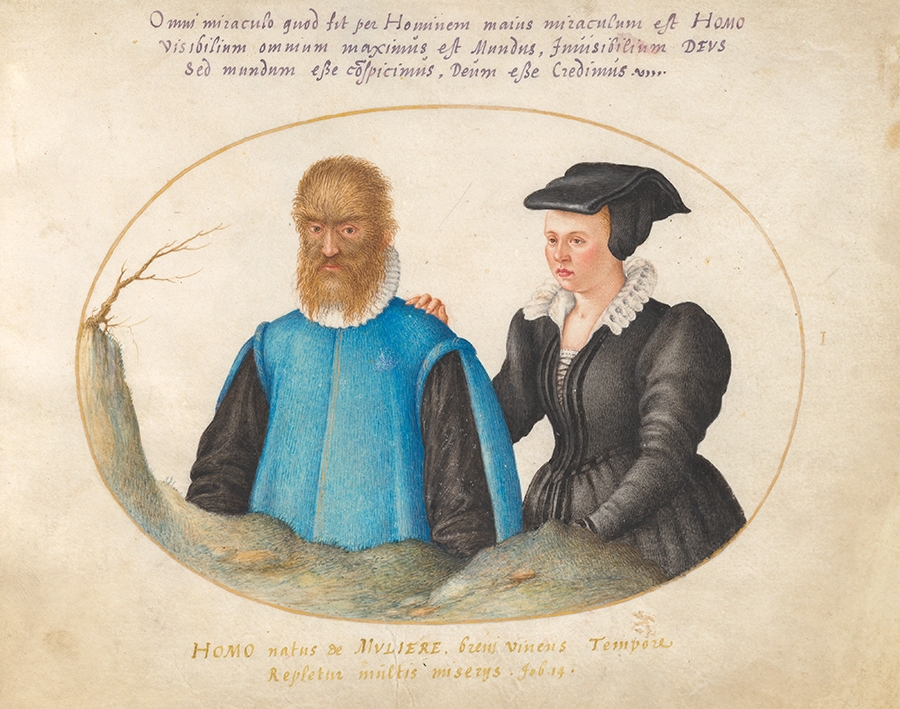
According to lesser known versions of Bible, It was Lilith and not Eve, who was the first wife of Adam, and the first female. But as she was created at the same time as that of Adam, and by the same clay (In contrast to Eve, who was created later and from Adam’s rib ), she refused to accept a inferior position to Adam, in the Marital relationship and left Adam and the relationship, in spite of repeated advice by the God to not do so. She finally became partner to a demon – Samael and had many children with him. So Lilith was a very beautiful, strong minded woman with golden hair & had demon as a partner & had many children with him. Finally due to fury of god, Lilith herself was changed into a demon. Can this story be a inspiration for the fairy tale ? Maybe not. But there are some resemblance which cannot be ignored.
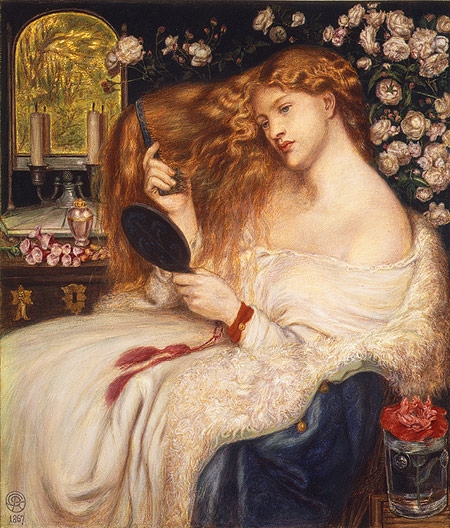
Ancient Greek mythology, does surprise and fascinate the modern people as it did in times of Alexander, the great.There are plenty of instances, where Zeus the supreme Greek God transforms himself into some non human creature and has relationship with some mortal female. One of the most famous is where Zeus the Greek god transforms into swan and seduce the Greek princess Leda. From this union, Helen of troy is born. Greek mythology is full of similar examples of human female and some odd creature relationship.
Is full of tales of gods who had head like animals, some even had consorts who looked like normal human beings. Most Pharaohs of Egypt claimed, to be descended from the Sun god Ra.
So it is clearly obvious, that there were many such fables and legends of odd couples that existed before Beauty and the Beast, was written in 18th century. If they influenced or motivated Gabrielle Suzanne Barbot de Villeneuve to write the Classical tale of Beauty and the Beast, is something we will never know (except the historical French nobleman – Petrus Gonsalvus, who did influence the story to some extent); but the spectacular success of the story in form of recent Hollywood Blockbuster, would certainly go a long way to prove; that love is an eternal concept, that does not depend on period or time and that deep inside we all want to be in love and be loved back in return; in spite of our pitiful condition, or what or who we may be in the inside or outside.